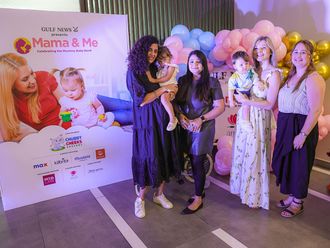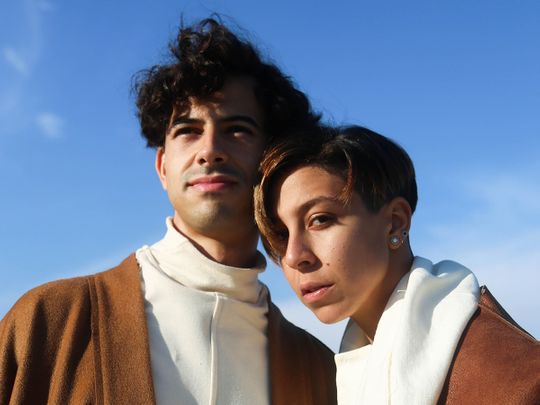
Kuwait City: The way one dresses is often a reflection of their culture, as culture impacts a society in all forms — from fashion to food.
With many new fashion brands emerging in the Gulf, people are standing out for their ability to blend culture with fashion. While some brands derive inspiration from the West, others are looking inwards to create and design for their local population.
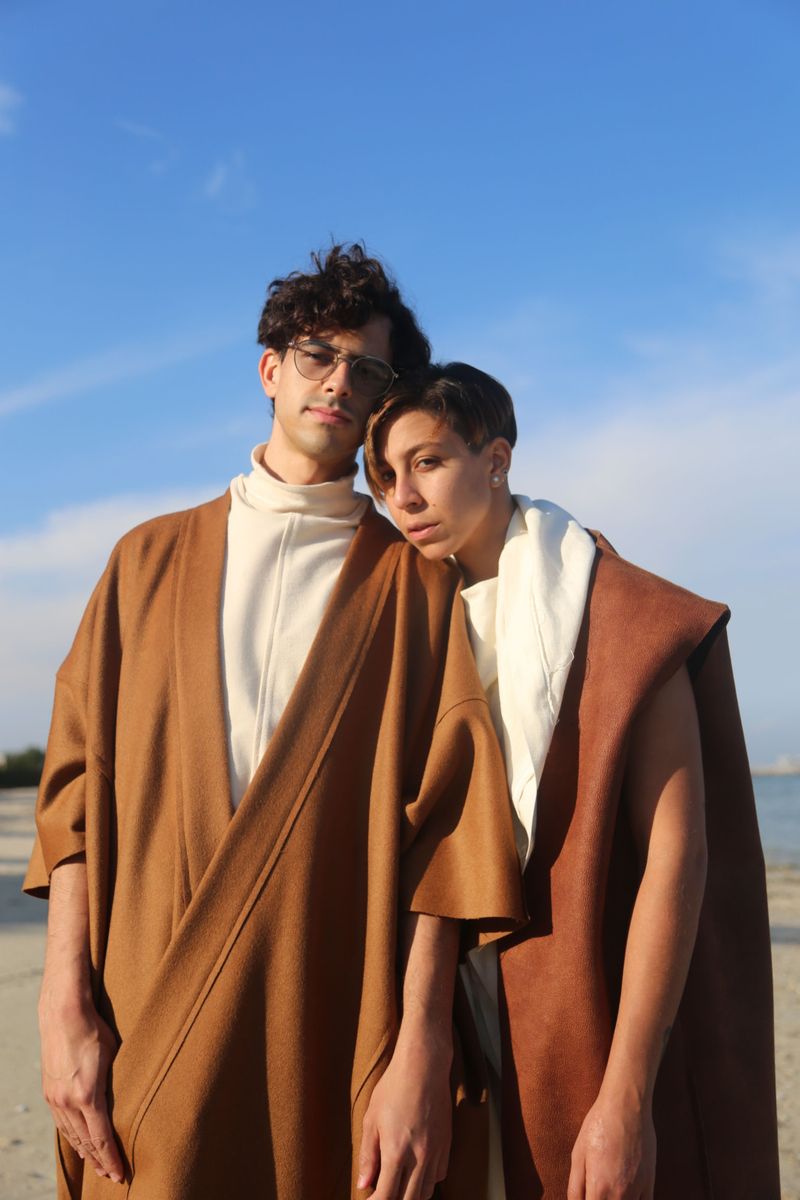
In Kuwait, the rise of home-grown fashion brands has created a new market, where the local population is the inspiration and the target audience.
Deriving inspiration from within
“In the past, fashion in Kuwait was inspired by the West as Kuwaitis travelled the world and were exposed to other cultures. But in recent years, Kuwaitis have been looking inwards and are producing clothing that is reflective of our culture,” Abdullah Al Essa, CEO of Dagla, told Gulf News.
Dagla is a Kuwait-based brand that produces and sells male clothing and products. Founded in 2012, Dagla first originated as an exclusively dishdasha brand. A dishdasha is a long garment that is traditionally worn by men. Depending on the season, the dishdasha can be white, grey or blue.

Today, Dagla has expanded into an e-commerce store selling everything from dishdashas to shaving cream.
PM Basics is another Kuwait-based brand that is incorporating culture and tradition in a modern way.
“We derive inspiration from old school Middle Eastern and North African attire. We make staples from the region that are comfortable for every day,” Reema Al Yacoub, Founder of PM Basics, said.
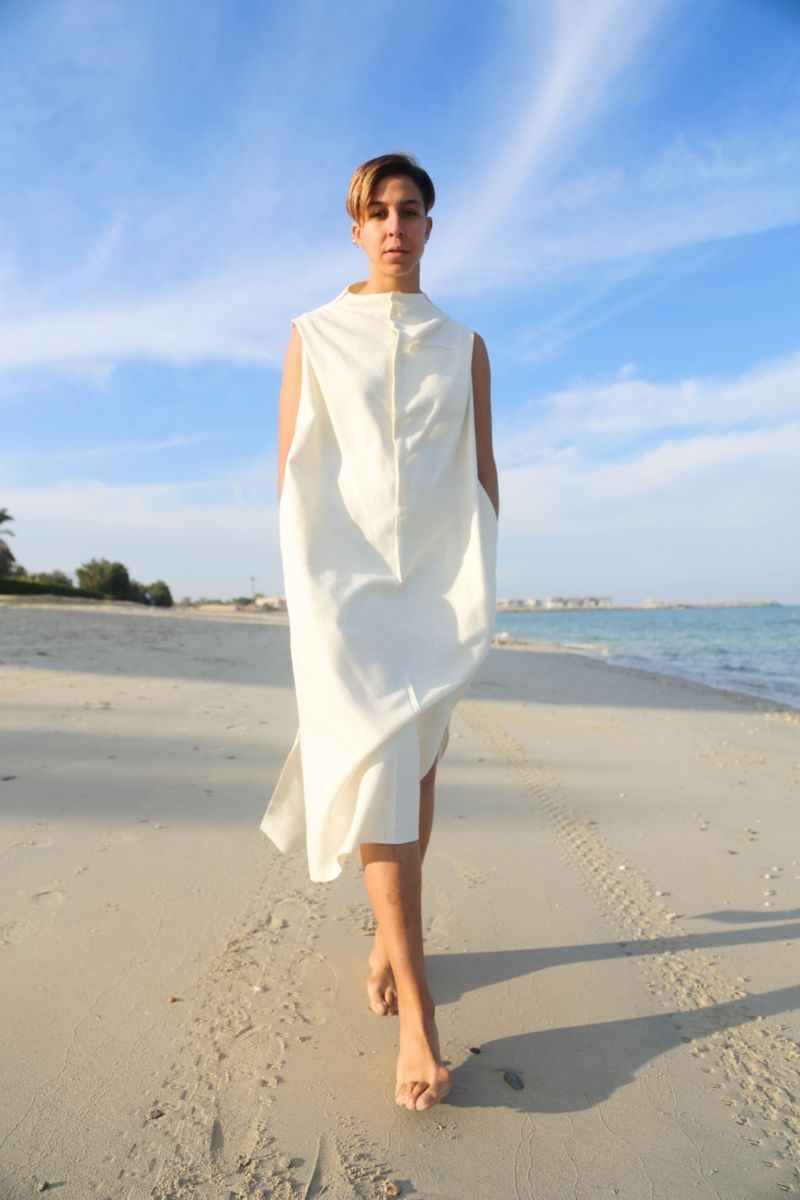
Traditional Kuwaiti attire was created to reflect the customs of society, as well as the environment. For example, dishdasha’s were designed so that men were able to travel for long distances in the harsh without getting a heat or sunstroke.
“The linen dishdasha is a combination between the East and the West. On the one hand you have linen which is an imported fabric and on the other hand you have the dishdasha which is a Middle Eastern clothing; put them together and this piece is a reflection of where the industry is going,” explained Al Essa.
Why buy it?
Al Yaqoub, a second generation Palestinian born and raised in Kuwait, explained that people are more aware now than ever about who is making their clothes and what it is being made out of.
“Most of our fabrics are sustainable, given the limited resources and fabrics in Kuwait,” Al Yacoub said, “Our alpaca fabrics are 100 per cent environmentally friendly as [the animals] are shaved once a year in the summer for their comfort.”
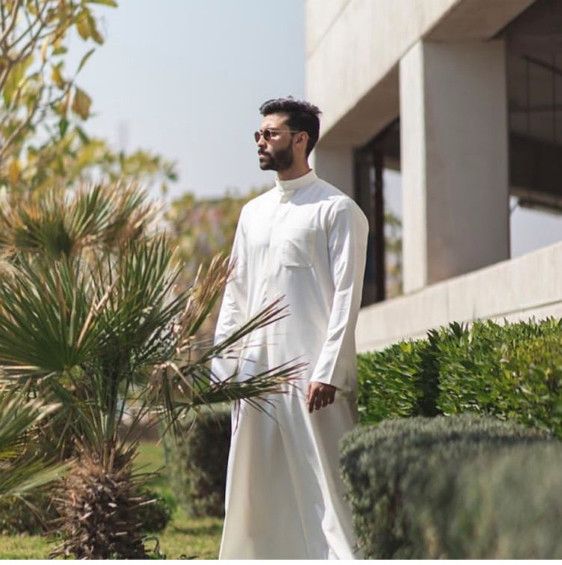
A 2019 survey by Hotwire showed that 47 per cent of people have stopped buying from brands that violated their personal values.
“People want to buy clothes that have a story behind them, that reflect their culture and makes them proud of who they are,” Al Essa said.
Beyond the Gulf
Although the local market is growing, not many people outside the Middle East are familiar with Arab attire.
“Everybody knows what a kimono is. Why can’t we make it so that everybody knows what a daraa is?” Al Yacoub said.
A daraa, otherwise known as kaftan, is a traditional Middle Eastern dress worn by women. During Ramadan, many local brands emerge and create daraas for that month, usually bringing in enough profit to enable them to operate from season to season only.
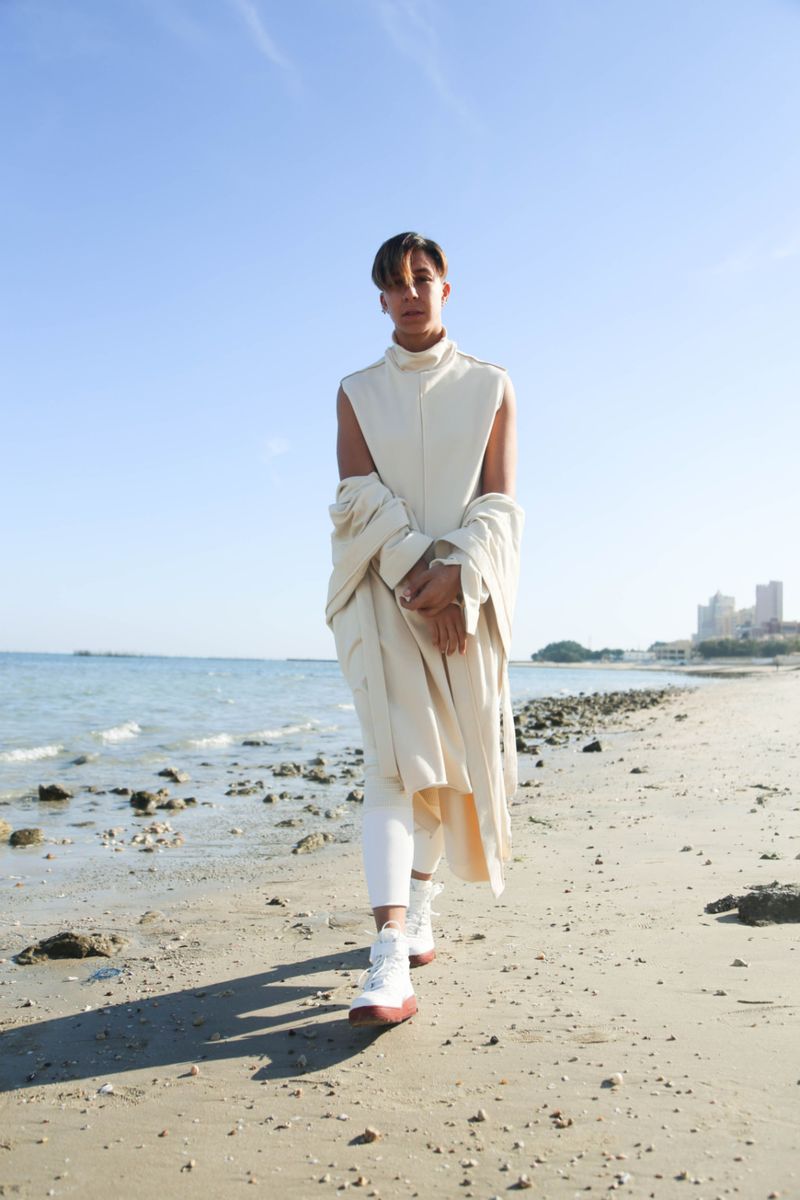
Brands like PM Basics and Dagla are still creating everyday clothes for Kuwaitis, while also trying to expand their reach.
“I walk down the streets in New York in my PM Basic’s dishdasha and people stop and ask where it is from. For me this is a huge step forward for Middle Eastern fashion,” Al Yacoub said.
According to Dubai Design and Fashion Council, the Middle East and North African fashion industry is growing at an annual compound rate of 6 per cent and is projected to be worth $55 billion (Dh202 billion) by the end of 2019.
“My dream is to build PM basics into an incubator for regional talent that is inspired and produced by regional designers,” Al Yacoub said.




